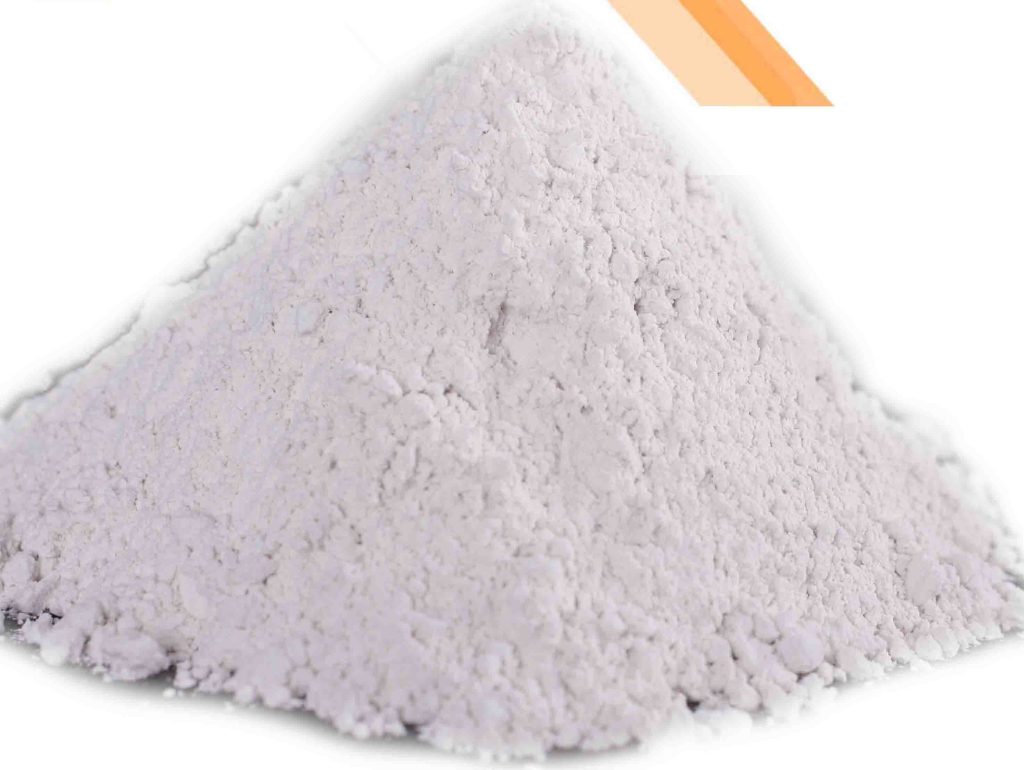Anti Sagging Agent
Anti-Sagging Agent
Paints that are put to a surface may sag, which has an impact on both their appearance and their general performance. When a surface is painted with sag, the paint has a propensity to chip off quickly, and it also leaves a stain on the floor. If the paint is sagging, it gives the impression that it was done in an uneven manner, which is another reason why it does not look nice. When dealing with vertical surfaces like walls, doors, or cabinets, where gravity has a bigger influence on the newly applied paint, this is a particularly challenging aspect of the process.
What Does Anti Sagging Agent Mean?
In order to prevent sagging and produce paints and coatings that have a smooth finish, paint formulators often use additives or anti-sagging agents like organoclay in the process of making these products. These agents are additives that have been designed to change the rheological characteristics of the paint, making it more resistant to drooping and increasing the paint film’s overall stability. They utilize organoclay to create the proper viscosity of the paint so that it will better adhere to the vertical surface, hence reducing the amount of running or dripping that occurs.
Rheology modifiers, such as anti-sagging additives like organoclay, are frequently put into paint compositions, either by the producer of the paint or by the painter themselves. Organoclay may be very helpful when dealing with difficult surfaces or in circumstances that call for a more substantial consistency to avoid drooping. These scenarios call for a more substantial consistency.
Major Application and Functions of Anti Sagging Agent
Organoclay as an anti-settling agent has been very helpful in manufacturing paints and coatings. It provides a lot of properties to the paint, without affecting the pigment and the quality of the product.
Easy Disperse Anti Sagging Agent
Organoclays are easy disperse anti-sagging agents are particularly effective in formulations where the dispersion of particles is a concern. It improves the stability of the liquid formulation, preventing the settling of solid particles and ensuring a consistent mixture of the paint.
Pre-Gel Anti Sagging Agent
Organoclays are also used in formulations where rapid sagging or settling is a potential issue, like waterborne paints and coatings. It helps to prevent the premature gelation or solidification of the liquid, maintaining its flow properties and preventing sagging during storage, transportation, or application. Pre-gel anti-sagging agents like organoclay provide more working time and ensure that the product remains in a fluid state until it is applied.
Thixotropic Agent
Organoclay also acts as thixotropic agents. It increase the viscosity of the liquid formulation when it is at rest. When subjected to shear or agitation, thixotropic agents reduce the viscosity, allowing for easy application and leveling. This characteristic is beneficial in products such as paints and coatings, where the liquid needs to flow smoothly during application but maintain its shape and prevent sagging afterward.
Anti Sagging Agent – Organoclay Bentonite
Anti-sagging agents based on organoclay bentonite have a wide range of applications across various industries. Modified form of bentonite clay that has been chemically treated to enhance its rheological properties, making it an effective anti-sagging agent.
Solvent Borne Coatings
In solvent-borne coatings, organoclay bentonite anti-sagging agents offer excellent suspension properties. They effectively prevent the settling of pigments, fillers, and other solid components within the coating formulation. This prevents sagging or uneven distribution of solids during application, resulting in a consistent film thickness and improved aesthetic appearance.
Anti Sagging Agent for Water Borne Coatings
Water-borne coatings utilize water as the primary solvent. Organoclay bentonite anti-sagging agents contribute to enhanced stability and flow control since waterborne paints tend to sag more than solvent based coatings. Bentonite clay help disperse and suspend solid particles uniformly throughout the water-based formulation, preventing sagging or settling during storage, transportation, and application. It improves the ease of application, reduces the need for additional mixing or stirring, and promotes a more uniform coating with minimized sagging or unevenness.
Anti Sagging Agent for Oil Based Oilfield Chemical
Another important application of organoclay bentonite anti-sagging agents is in oil-based oilfield chemicals. These chemicals are used in various processes within the oil and gas industry, such as drilling, cementing, and fracturing. When using anti-sagging agents like organoclay, the oil-based formulations maintain stability. It prevents the settling of solids and ensuring effective performance in demanding oilfield applications.
Lubricants & Rubber
Industrial Raw Materials
Industrial raw materials, such as adhesives, sealants, and fillers, can benefit from the inclusion of organoclay bentonite anti-sagging agents. These agents help maintain the desired consistency and prevent settling of solids, ensuring uniform dispersion and improved performance of the final product.
HTHP Suspension Agent |
Anti Sagging Agent
In high-temperature, high-pressure applications, organoclay bentonite anti-sagging agents serve as effective suspension agents. It stabilizes and suspends solid particles. It allows for uniform dispersion and preventing sagging or settling in extreme operating conditions. Suitable for use in HTHP systems such as drilling fluids, cement slurries, and other industrial processes that require stability under harsh environments.


